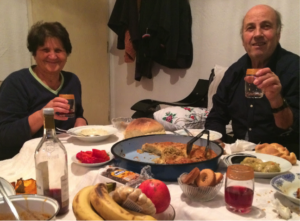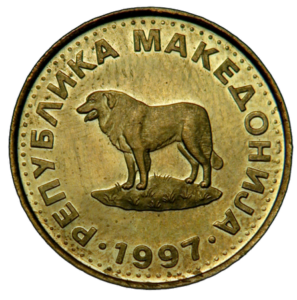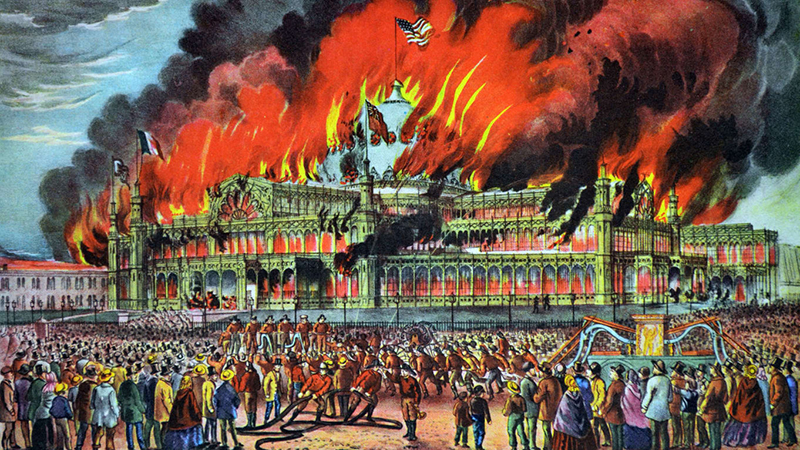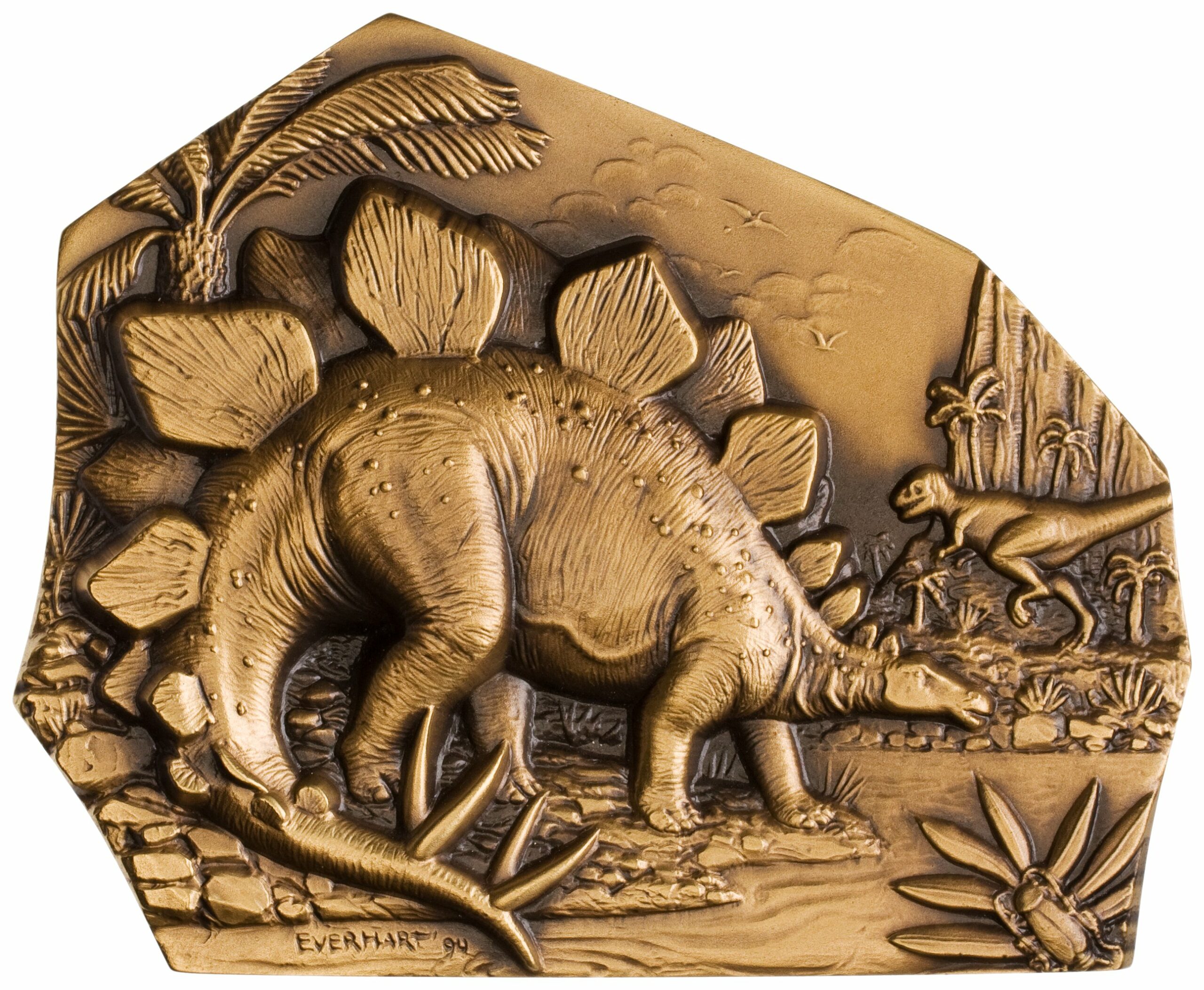Coin Predictions in the Balkans
Austin Goodwin Andrews is a curatorial assistant in the Ancient Greek Coins Department of the American Numismatic Society. Before joining the ANS, he taught in the Republic of Macedonia through the US Peace Corps. With a background in classical archaeology, Austin is currently supporting the NEH-funded Hellenistic Royal Coinages project.
For two years, I lived in what’s now North Macedonia. While teaching English in a rural village, I took part in a few traditions that included coins baked in bread as a method of folk divination.
Living with a host family, I had the unique opportunity to celebrate holidays domestically. My favorite among them was Christmas Eve, observed by Orthodox Christians on January 6, with a large meatless dinner at home, the last meal of the pre-Christmas fasting period (Fig. 1). A sort of feast within a fast, the table is set with rice-packed cabbage rolls, elaborate pastries, stew, and a loaf of bread, the pogača.
The eldest man initiates the meal, breaking the bread and offering a hunk for everyone in the household, listing each member. Whoever discovers a coin in their piece is blessed with wealth, health, and happiness for the year. Comparable customs play out around the Balkans and elsewhere. A well-known tradition, analogous and related to the Christmas Eve pogača, is that of king cake in French- and Spanish-speaking regions on Catholic Epiphany—also on January 6. King cakes, however, have infant figurines baked into them instead of coins.
In a town near where I lived, another American I knew who was staying with a host family was the luckiest at their table. The retiree she lived with would always put old Yugoslav coins in their pogača. The coin she found was much like the 1988 Yugoslav Dinara in the ANS collection. My host grandma used what was on hand from general circulation, such as a Macedonian 50 denari coin with the iconic face of St. Michael or a 10 denari with the peacock mosaic from Stobi.
Originally, the coin itself was both prize and predictor of future prosperity. Now, the coin is usually a low denomination and the lucky person is gifted a more substantial present, often cash. A student of mine even received one hundred euros one year, an enormously handsome sum for a seven-year-old. A point of conversation for weeks later among friends and colleagues is “to whom the coin fell” in your given household.
In another coin-related tradition, I took a more active role. On the Thursday before a wedding, it’s common for the respective families of the bride and groom to host celebrations to begin the matrimonial festivities. While attending one such bridal celebration, I engaged in a fertility ritual.
Kneeling to a low wooden table, I poured in the wet ingredients for soda bread while two friends of the bride poured in the flour and other dry ingredients. We took turns kneading the dough—as representative male and female actors—and added a coin to the mix. The friends whitened the face of the bride with flour and then washed their hands into a basin. The bride drank three times from the starchy water and, while the bread baked, beans were served so that she might bear as many children as the beans (!).
When the circular loaf cooled after baking, I stood on one side of the doorway and the young women stood on the other, while the bride squatted between us. We broke the bread in half over her head and everyone gathered to receive a piece, noting if it came from my side or the women’s side of the doorway. After an attendee found the coin, it was announced that the bride would have a baby boy, the coin foretelling the gender of the couple’s first child. A single brass denar with a sheep dog had been on my side of the bread.
In these traditions, coins prophesy good luck as symbols of abundance. Similar traditions around the globe showcase points of commonality and particularity in cultures across time and place. For both the Christmas Eve and prenuptial celebrations, coins have personal and cultural significance far beyond just their political and economic implications. Although I never had a coin in my piece of the pogača, I was all the richer not only learning about the traditions, but also getting the chance to participate in them as well.






